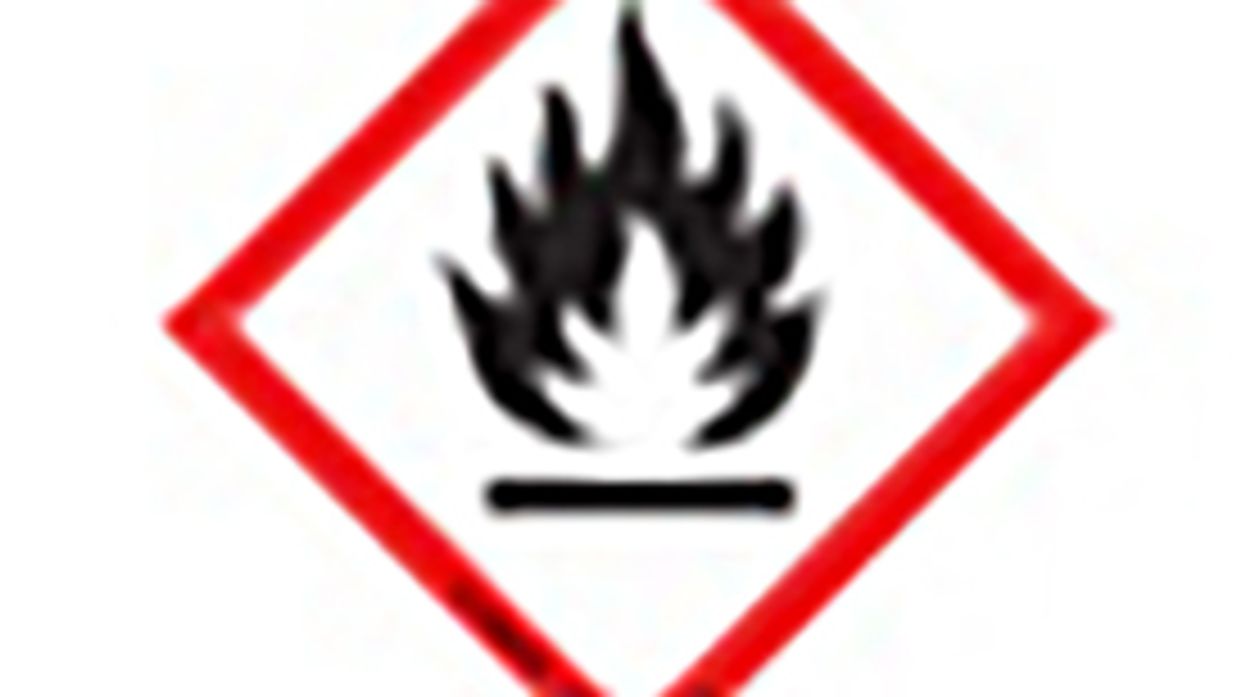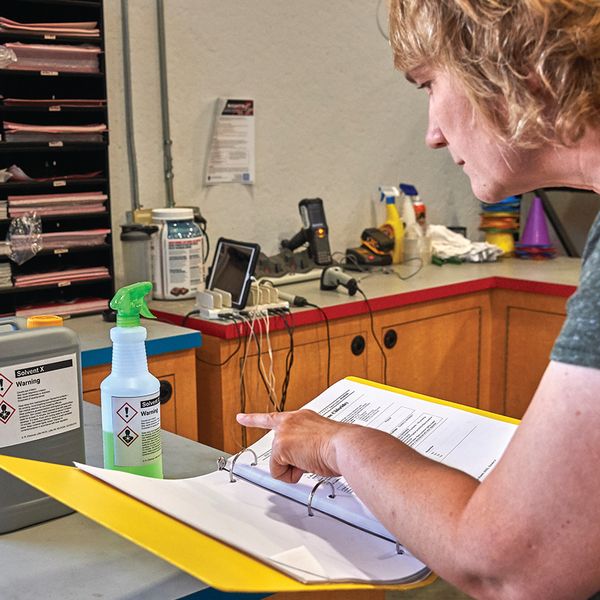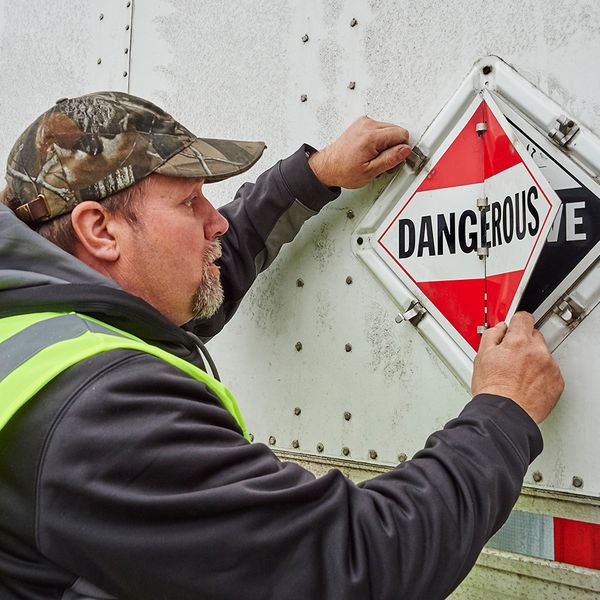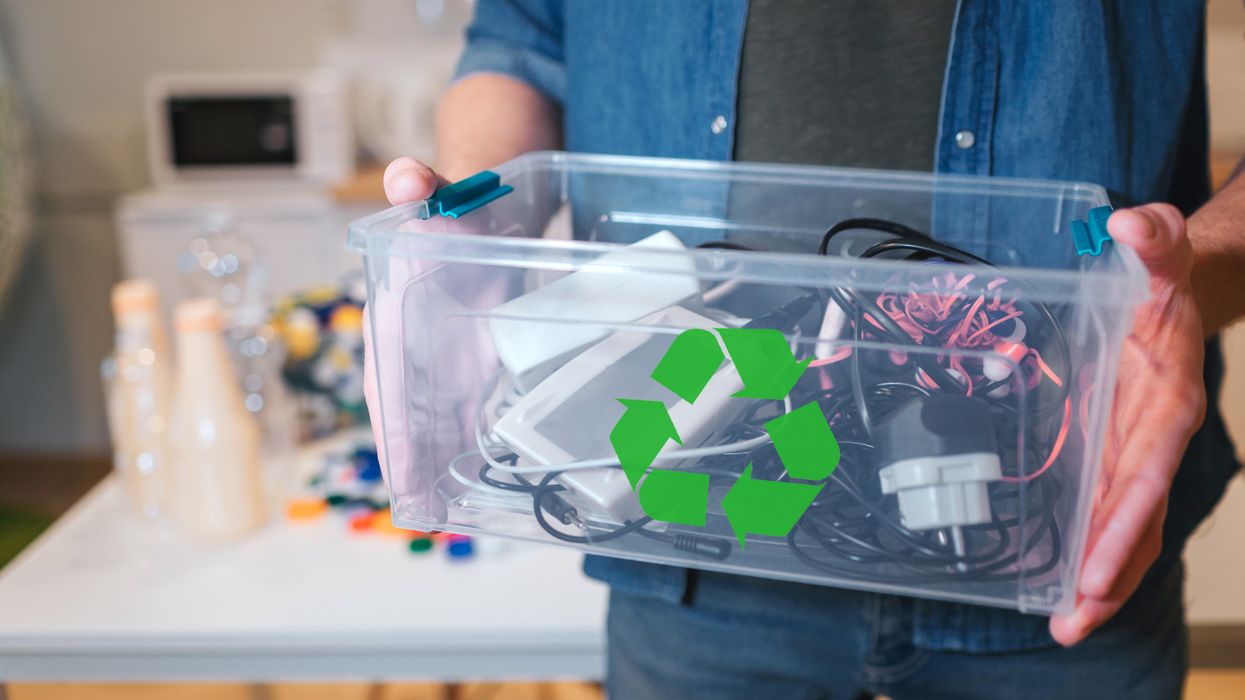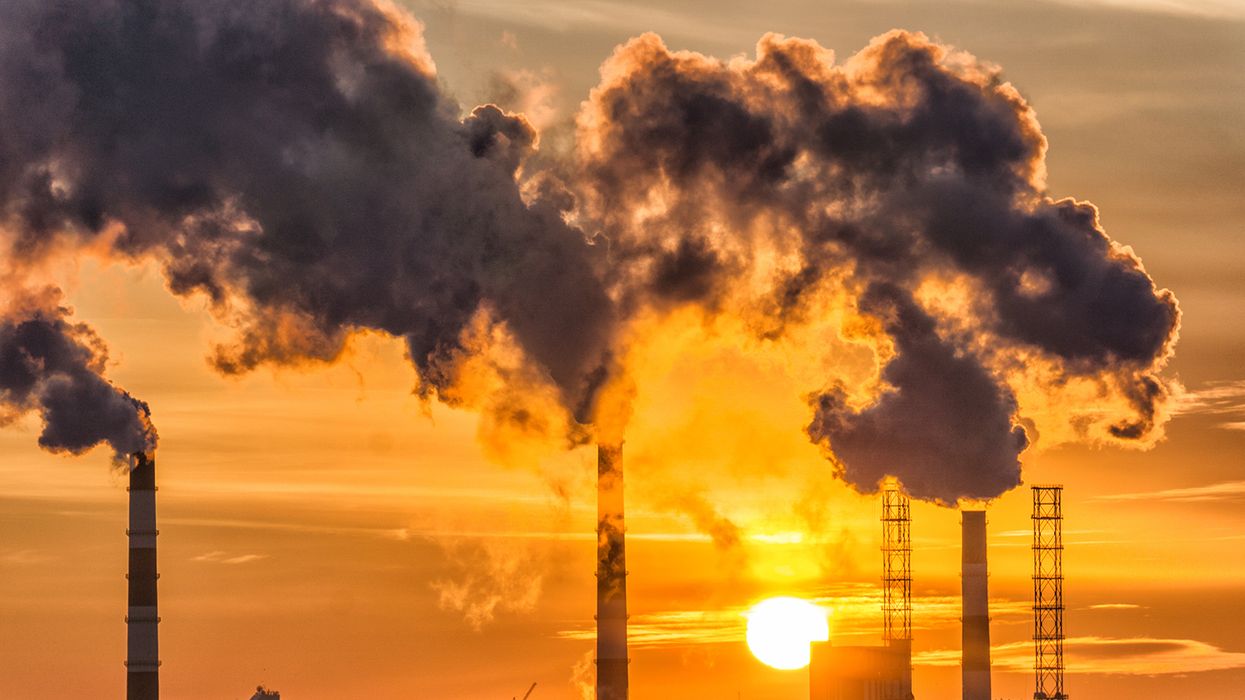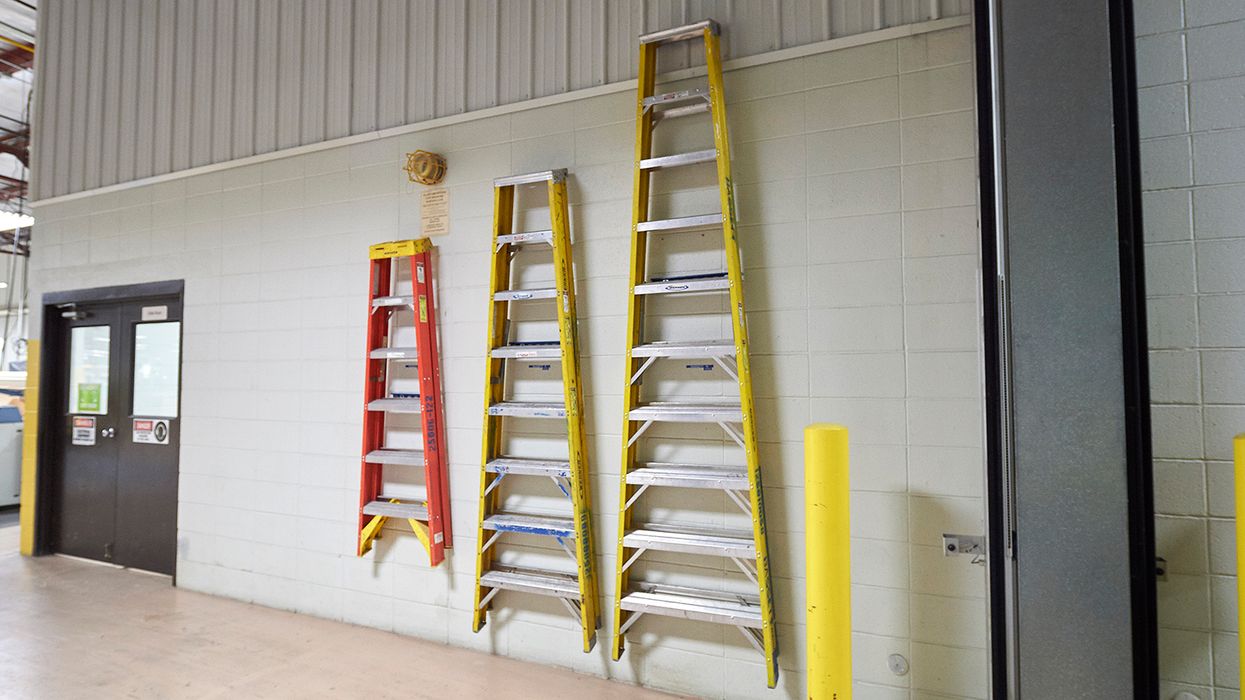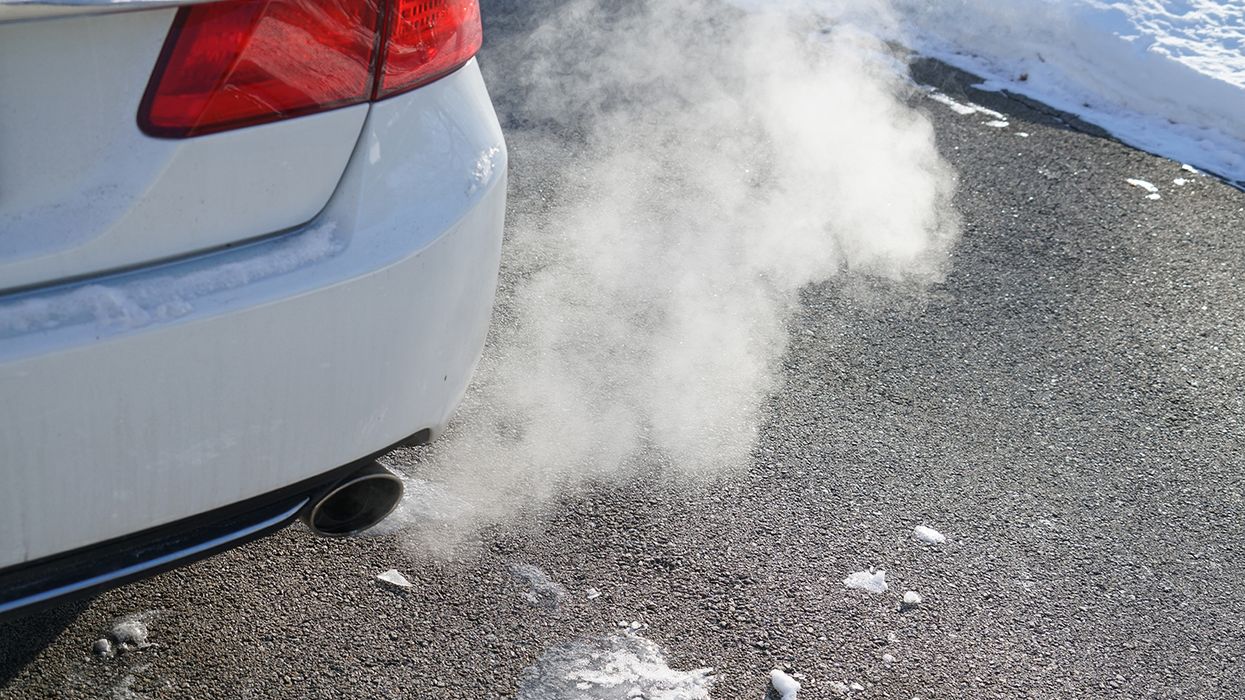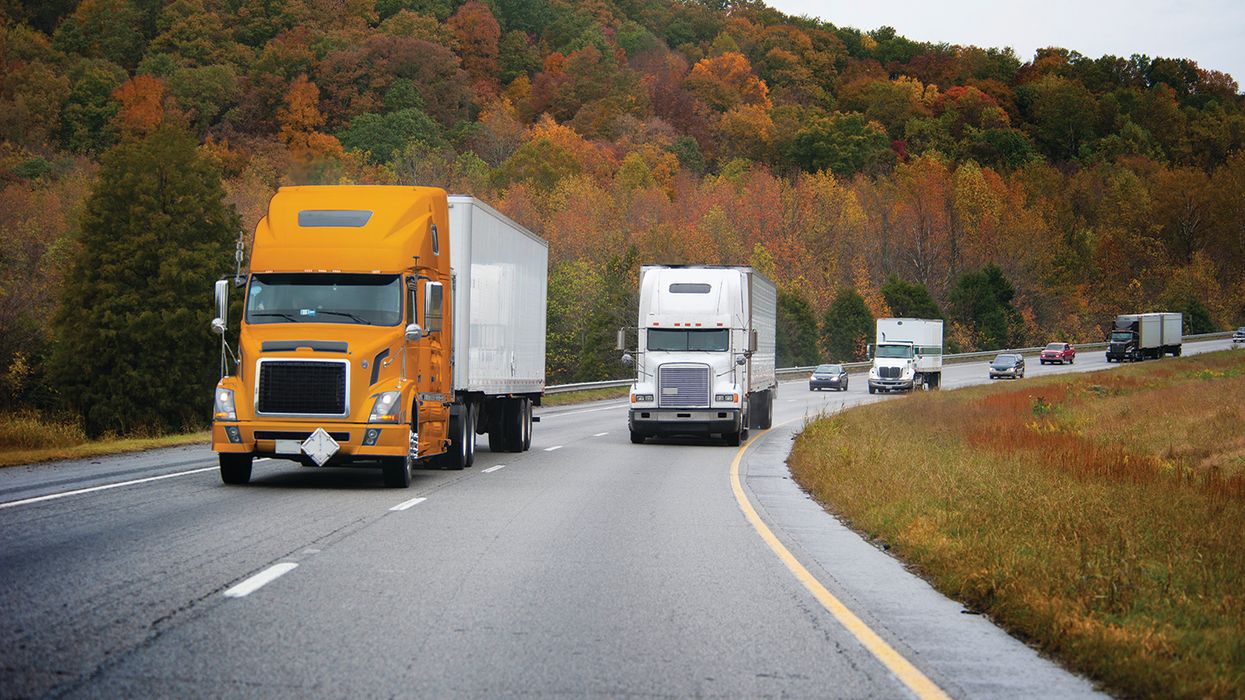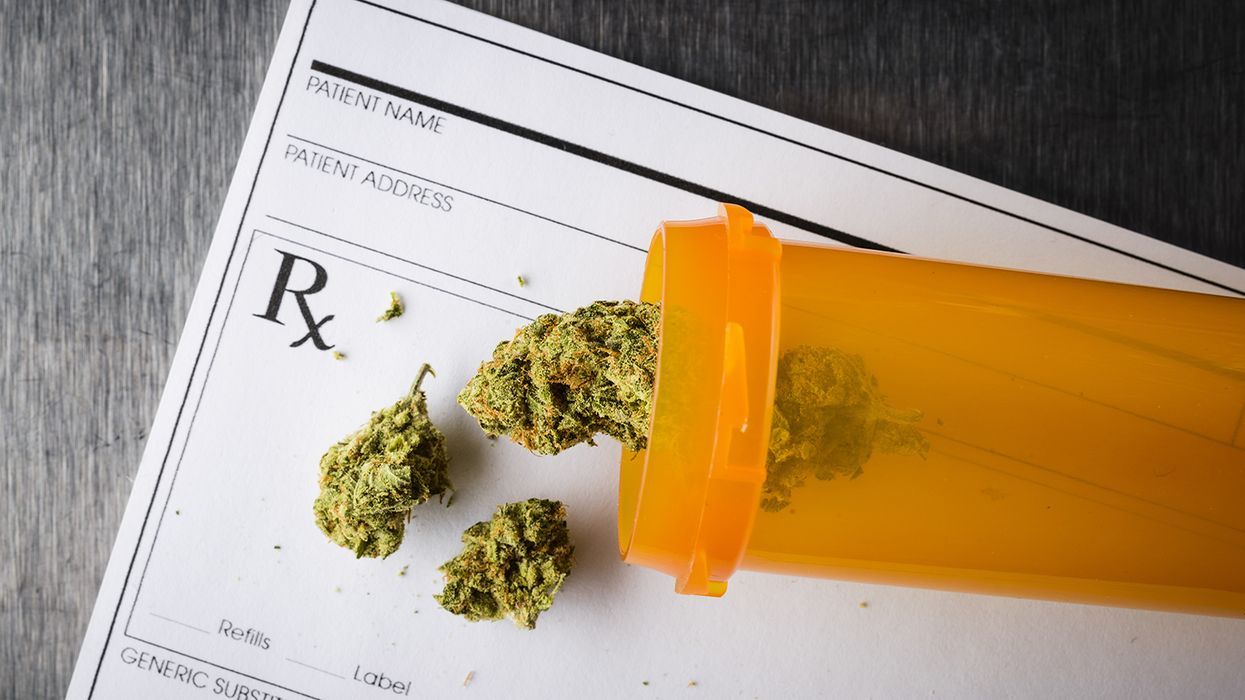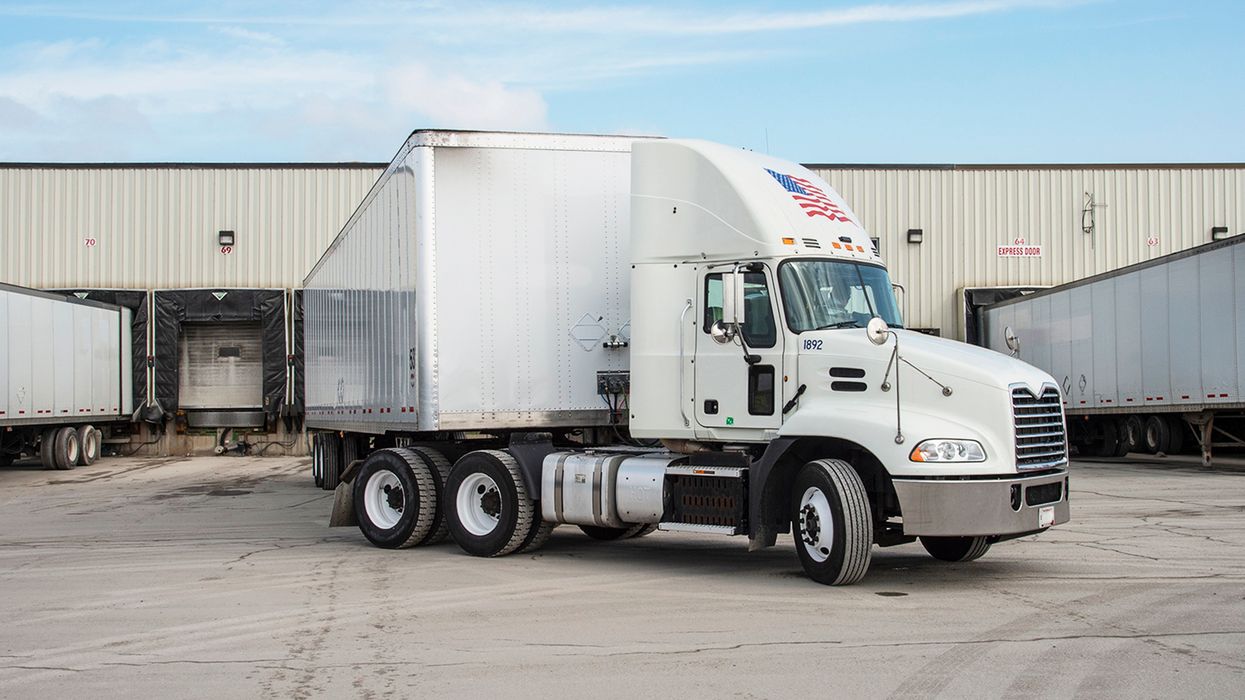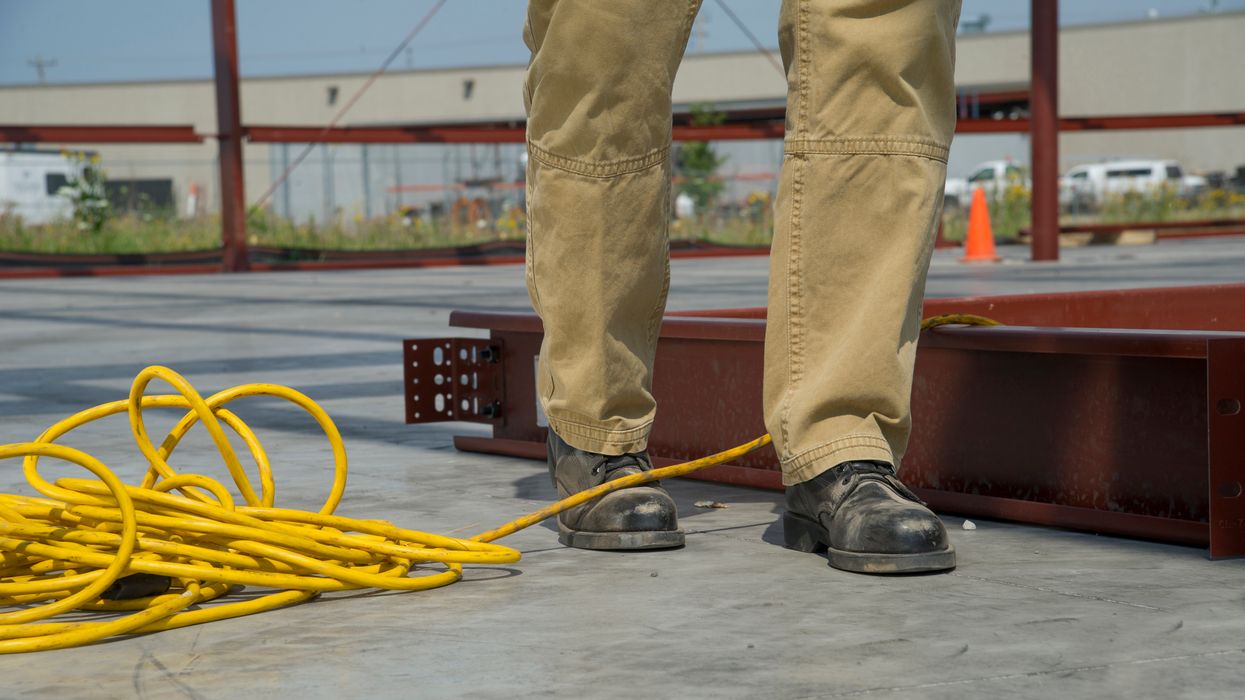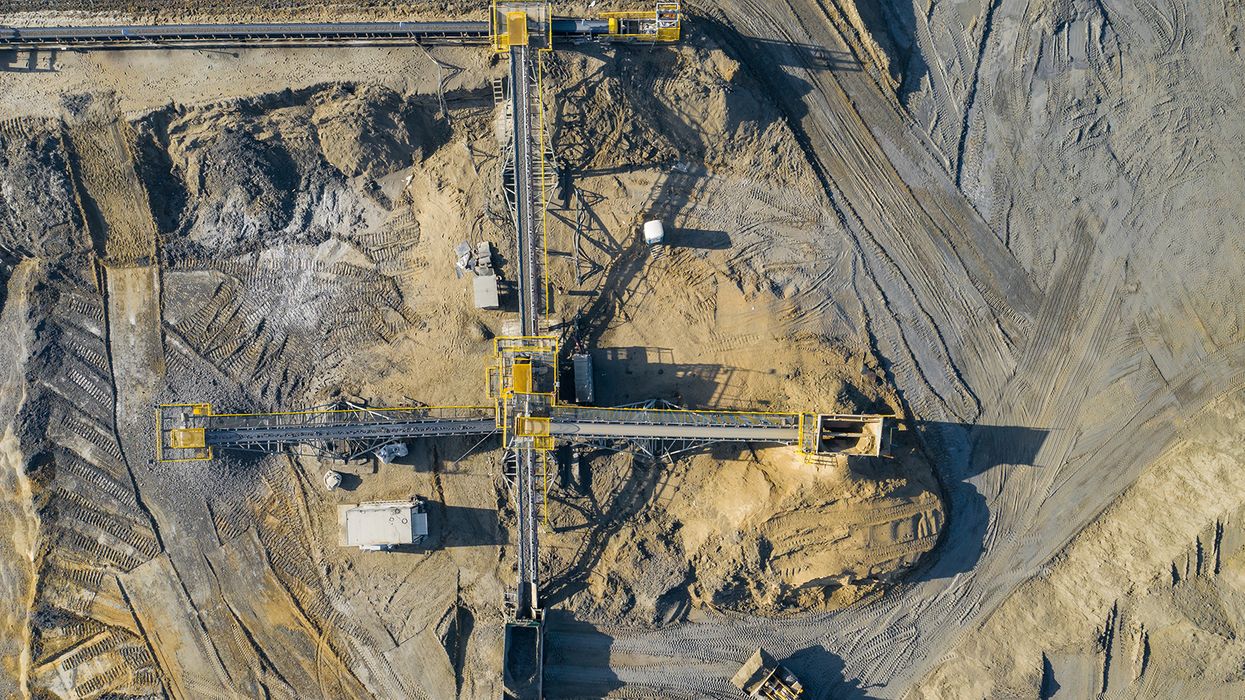Does it qualify? HazCom and the article determination
We often get questions about how to determine whether a chemical product is considered an article under the hazard communication (HazCom) standard. This tends to surface when manufacturers or importers are evaluating the chemicals produced in their workplaces (or imported by them) to determine whether they pose physical and/or health hazards, as required at 1910.1200(d).
HazCom defines article at 1910.1200(c) as “a manufactured item other than a fluid or particle:
- Which is formed to a specific shape or design during manufacture;
- Which has end use function(s) dependent in whole or in part upon its shape or design during end use; and
- Which under normal conditions of use does not release more than very small quantities, e.g., minute or trace amounts of a hazardous chemical (as determined under 1910.1200(d)), and
- Does not pose a physical hazard or health risk to employees.”
What’s considered normal conditions of use?
It may be difficult to define what’s considered “normal conditions of use.” An employer may have a manufactured item that meets the definition of an article, but if it’s burned, it produces a hazardous byproduct. The question then becomes, “Is burning ‘normal use’ for the product?” If burning occurs during its normal use and more than trace amounts of a hazardous byproduct are produced, then it can’t be exempted as an article. Normal use doesn’t include incidental exposure.
If a hazardous chemical can be expected to be released only when the item is repaired, that’s not considered part of its normal condition of use. The item would be considered an article under HazCom, and thus exempted. Examples include stainless steel tables, vinyl upholstery, tires, and adhesive tape.
Basically, if the product will be processed in some way after leaving the manufacturing site — such as heated, welded, glued, or sawed — and a hazardous chemical could be emitted, it probably won’t qualify for the article exemption. Exposures that may occur during the destruction of the product don’t change the classification of the product as an article, as long as only a trace amount of the hazardous chemical is released.
Making the determination
In determining whether a product meets the “article” exemption under 1910.1200(b)(6)(v), manufacturers and importers must take into consideration the inherent hazards of the product in its shipped form as well as under the product’s normal conditions of use (e.g., processing, handling, hazardous by-products, downstream exposures) and foreseeable emergencies. Manufacturers and importers bear the burden of demonstrating that a claimed exemption, such as the exemption for articles, is applicable.
Key to remember: If a manufacturer makes a reasonable determination that its product satisfies the article definition at 1910.1200(c), including that it poses no health risk or physical hazard to downstream workers, the product would then be considered an article.

